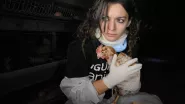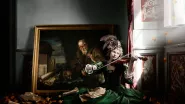Full-time freelance photojournalist Greta Rybus (@gretarybus) specialises in editorial portraiture, travel and documentary photography. She has a goal of spending one month of every year living and photographing in a new place, and is currently working on an ongoing project exploring the impact of climate change on individuals and communities. Each “chapter,” or location, has helped her to gather information and images about different climates or themes. So far: desert (Senegal), tropic (Panama), arctic (Norway) and “home” (her home state of Idaho).
So much of the climate conversation is centered on extremely important information that can feel hard to connect to, like datasets, or it is inaccessible, like an Arctic ecosystem. So, I hope to gather more information that demonstrates how climate change is a part of our everyday lives. I’m operating off the mindset that working people have essential information to provide about the environment and how it is changing.
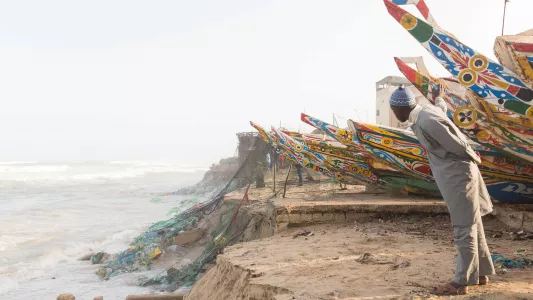
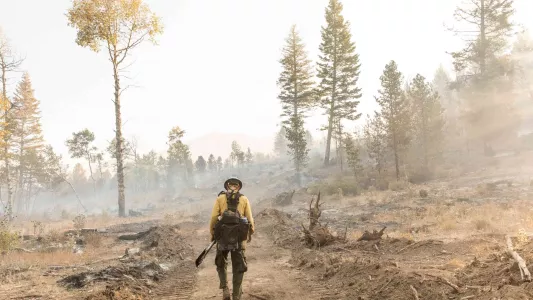
Acknowledging that there are many powerful ways to tell the story of climate change; through literature, datasets, cartoons, journalism, music, painting and protests, Greta believes we need to tell the story in every possible way we can. Photography is her contribution to the conversation. For her, to create photojournalistic imagery is to create a historical document. It is undeniable that human-caused climate change will continue to shape our future in drastic ways. In her view, the images that she, and others, are making now will come to represent “before.”
© Greta Rybus
Our predominant culture depicts humanity as separate from nature. It “brands” issues, classifying climate change is an “environmental issue” and implying that to care about it, you must be an environmentalist. But we are a part of nature. And because of that connection and because our current systems worsen economic and environmental inequality, climate change is both an environmental issue and a human rights issue. I hope that these stories can help people think about human relationships with nature differently. And, I hope that it can help provide narratives of climate change that show that its impacts are everyday, incremental, varied, and often mundane. And even the more subtle effects have consequence and significance.
© Greta Rybus
From her experiences she has found that people protect what they believe is protecting them in turn. If a culture perceives nature as a benevolent provider, they are more likely to understand and respond to climate change. However, if a culture perceives a fossil-fuel based economy as a saviour or scaffold, they will work to protect those systems and are less likely to accept the realities of climate change.
© Greta Rybus
When working on the project, she always begins her interviews by asking about the weather and the seasons, and eventually the conversation turns to climate change. She doesn’t think that climate change itself is political, but rather, that beliefs around it are shaped by politics and culture. In Norway, she found that people were eager to talk about how the snow had changed; how it was too little, too late. But they would end the conversation by saying, “Who knows if climate change is caused by humans...We’ll never know!” After the discovery of oil, Norway went from being the poorest European country to one of the richest. Funding from oil has subsidised social services and provided a very different life for Norwegian communities. They see oil as a provider.
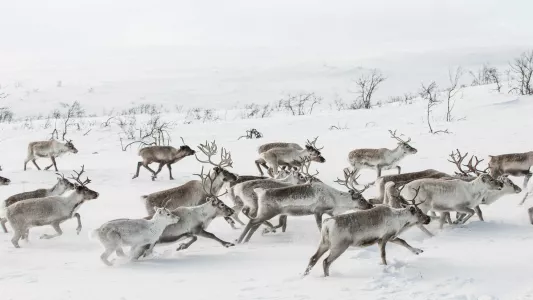
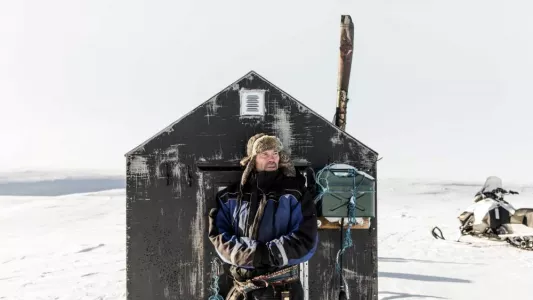
In Panama and Senegal, the conversation was very different. In Panama, local people could explain exactly how the forests on the mainland contributed to keeping their climate stable, and why it was important to their water and weather systems to keep them intact. Greta met herders in extremely rural parts of Senegal who could describe exactly how the climate had changed over several generations, or could explain how the melting of the ice caps impacted an individual in a place like Senegal. For these people, nature has always been the provider. And because of that, the concept of climate change is more easily addressed and understood.
© Greta Rybus
People living close to nature are the first to feel climate change’s effects. People living in poverty and rural people are more vulnerable to a changing environment. As are indigenous and tribal communities. As I’ve worked on this project, I’ve also found that indigenous people and those with multi-generational connections to nature are essential to the climate conversation. They have important ecological information, solutions and mindsets that will move us forward, and have been protecting land and nature all along.
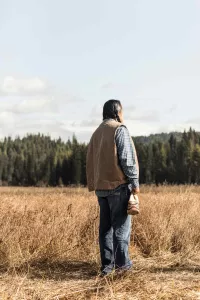
Greta is curious about exploring two other ideas in the climate change conversation: urban climate, or how climate change impacts cities, and extraction; how climate change is felt in parts of the world where the primary work is fossil fuel extraction. She’s currently researching urban locations, and primarily considering Mumbai or Delhi. She’s also working towards taking on more assignment work that focuses on climate change issues, documenting more stories about climate change in her own community.
© Greta Rybus



















